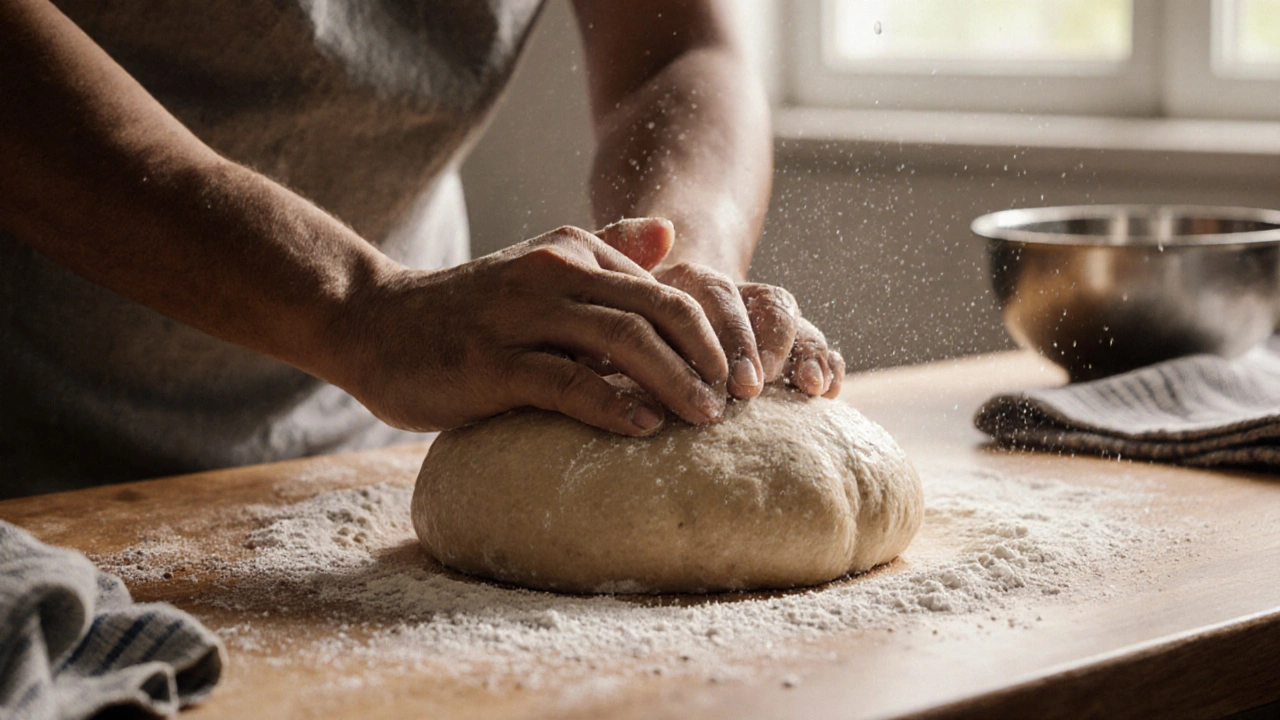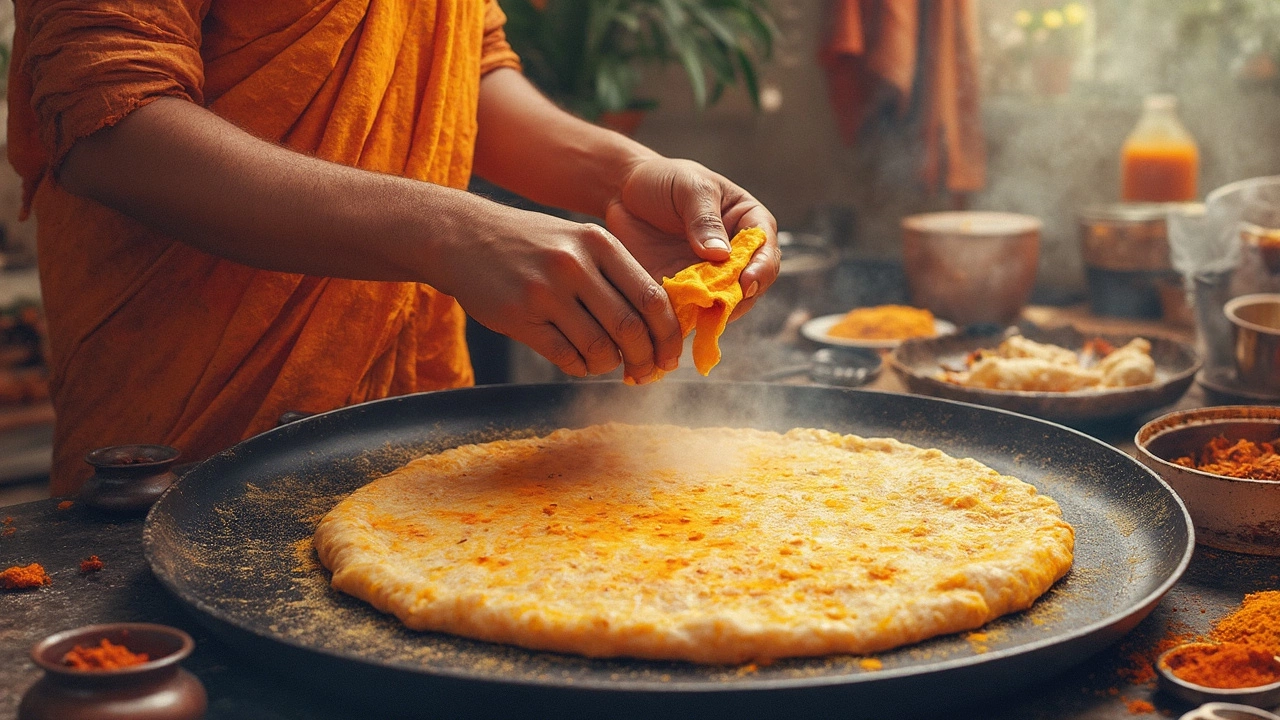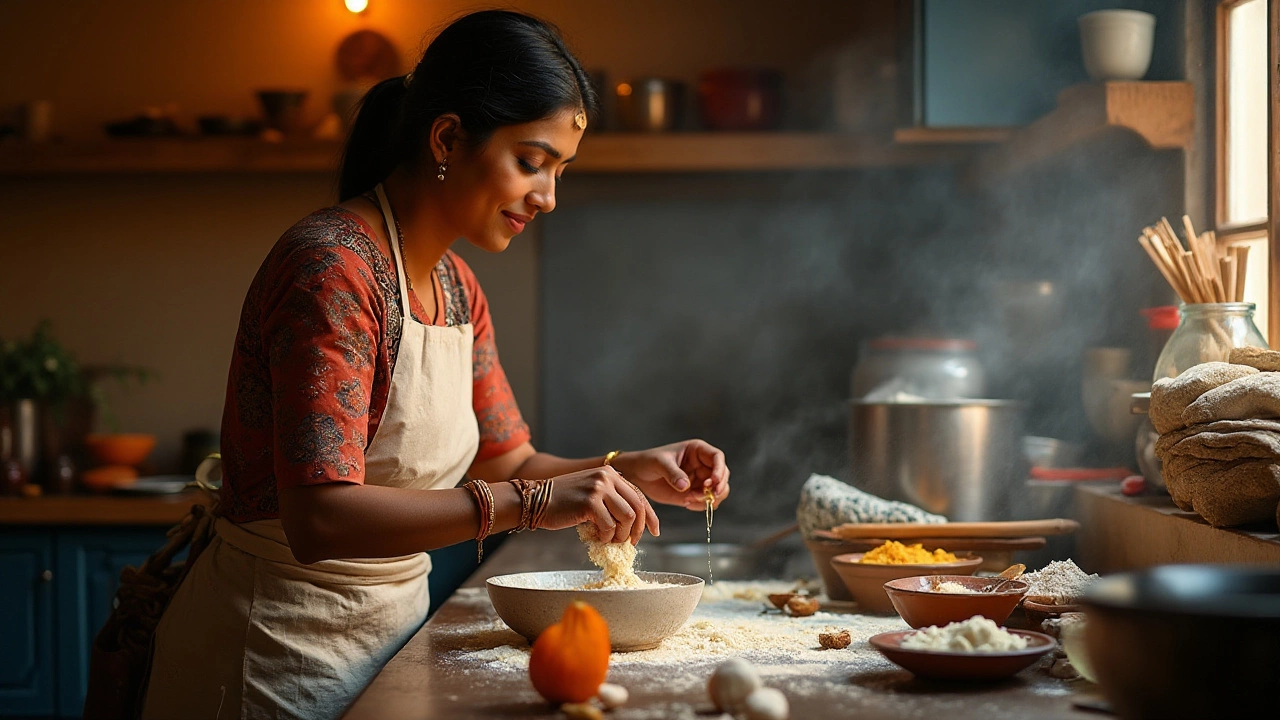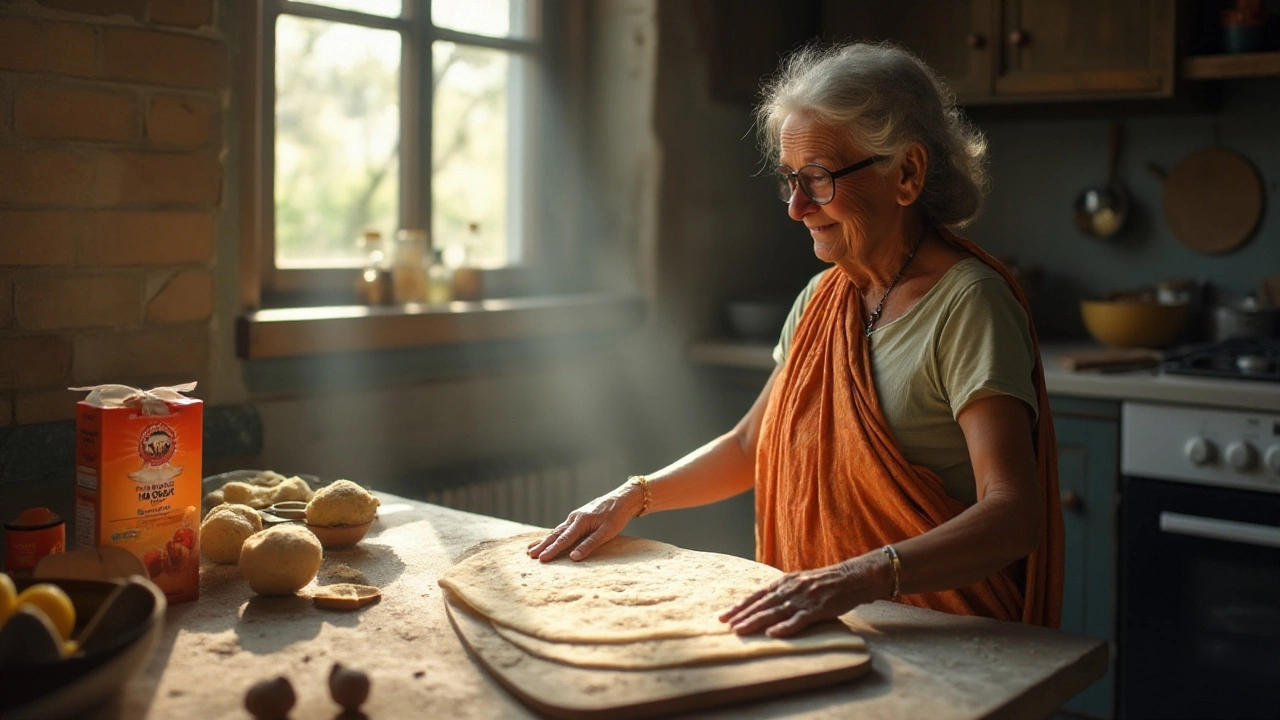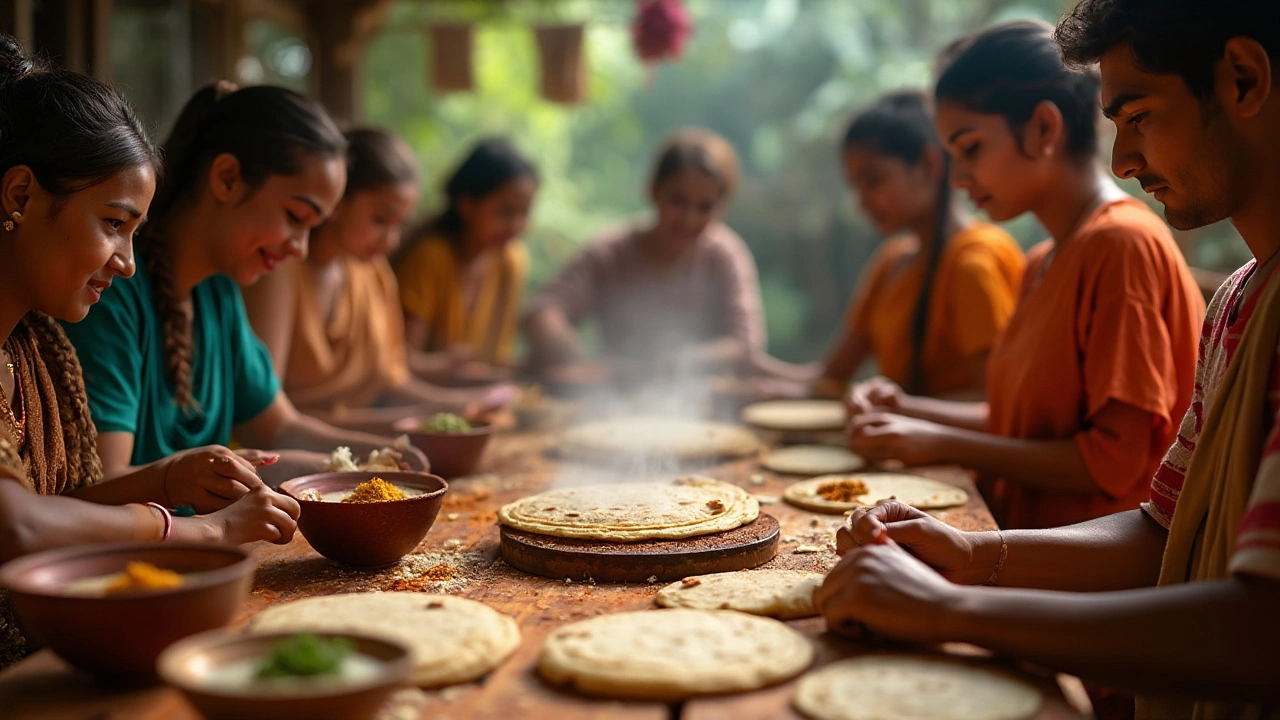Roti Making Tips: How to Get Soft, Fluffy Rotis Every Time
If you’ve ever struggled with a roti that cracks, sticks, or feels rock‑hard, you’re not alone. The good news is that a few easy adjustments can turn a flaky mistake into a pillow‑soft flatbread. Below are the no‑nonsense steps that anyone can follow, whether you’re a beginner or have been rolling for years.
Choose the Right Flour and Measure Water Exactly
The foundation of a good roti is the flour. Whole‑wheat atta is the classic choice because it has the right amount of gluten to give elasticity without being too heavy. If you want an even softer texture, you can mix 80% atta with 20% fine wheat flour (maida) or a bit of rice flour – just a tablespoon per cup of atta.
Water is the second secret. Too little makes a stiff dough, too much makes it sticky and hard to roll. Start with 1/2 cup water for every cup of flour, then add more a tablespoon at a time until the dough feels smooth and slightly tacky. It should hold together when you press it, but not pull away from your fingers.
Rest, Roll, and Cook – The Three Pillars
Once the dough is mixed, let it rest for at least 15 minutes. Rest relaxes the gluten, making the dough easier to roll and less likely to spring back. Cover the bowl with a damp cloth so it doesn’t dry out.
When you roll, dust the surface lightly with flour – you don’t need a thick coating, just enough to keep the dough from sticking. Roll gently from the center outward; a uniform thickness (about 2‑3 mm) ensures even cooking. If you see cracks, the dough is either too dry or rolled too thin – sprinkle a few drops of water and smooth it out.
Heat a flat, heavy tawa or skillet over medium‑high. The surface should be hot enough that a few drops of water sizzle and evaporate immediately. Place the rolled roti on the tawa; you’ll hear a gentle puff. Cook for 20‑30 seconds, then flip. When the second side shows light brown spots, press gently with a cloth or spatula – this helps the roti puff up. Flip once more, press lightly, and you’ll see it balloon. Remove, brush with a little ghee if you like, and keep it covered.
Timing is key: overcooking dries the roti, while undercooking leaves it doughy. A few seconds per side is usually enough. If you’re making a batch, keep the finished rotis in a clean kitchen towel; the steam will keep them soft.
Extra tips: sprinkle a pinch of salt in the dough for flavor, add a drizzle of oil while kneading for extra softness, and store any leftover rotis in an airtight container. Reheat on a dry tawa for a quick snack – they’ll taste almost fresh.
With the right flour, proper water, a short rest, gentle rolling, and quick, hot cooking, you’ll master soft, fluffy rotis in no time. Grab your tawa, give these steps a try, and enjoy a warm, homemade roti with every meal.
Why Are My Rotis Not Soft? 7 Common Mistakes and How to Fix Them
Soft rotis aren't magic-they're the result of the right dough, proper resting, and correct cooking. Learn the 7 common mistakes that make rotis hard and how to fix them for perfect, fluffy rotis every time.
Unlocking the Secret to Supremely Soft Roti
Achieving perfectly soft roti can feel like a mystery, but with the right techniques and a few tricks, it's completely doable. From the type of flour to the kneading method, each step plays a crucial role in the softness of your roti. We'll explore these essential steps and provide practical tips to help you make delightful roti every time. Whether you're a beginner or seasoned cook, ensuring the right texture is within your reach.
Gas That Makes Roti Fluffy: The Secret to Perfect Puffiness
Ever wondered what makes roti puff up perfectly? It's not just the technique, but also the gas released during cooking that does the magic. Discover the role of carbon dioxide in making your roti fluffy. Plus, learn handy tips for achieving restaurant-quality puffiness at home every time you cook.
The Secret to Soft Dough: Perfecting Your Roti
Discover how to achieve soft dough for making perfect roti every time. From choosing the right flour to the magic of resting time, learn the secrets that can transform your bread-making skills. Whether you're a beginner or a seasoned cook, these tips will elevate your roti game. Get ready to impress with effortlessly soft and delicious roti.
Does Adding Oil Make Roti Softer? Expert Tips for Perfect Roti
Achieving the perfect soft roti involves a blend of ingredients and techniques. A question often asked is whether the addition of oil contributes to a softer texture. This article delves into the science and practice of roti making, offering insights into the role of oil in achieving that tender, pliable consistency desired by many home cooks. Learn expert tips and tricks for making soft rotis that will delight your taste buds.
The Truth About Using Baking Soda in Roti Recipes
Roti is a staple in many households, cherished for its versatility and wholesome goodness. Many cooks wonder if adding baking soda can enhance the texture of this beloved bread. This article explores whether baking soda is beneficial in roti-making, debunking myths and offering practical advice. Learn about the science and traditions behind roti preparation to help you decide if this ingredient fits your culinary routine.
The Myth of the Perfect Round Roti: Embrace Imperfections in Roti Making
Why do we strive for perfect roundness in rotis, and does it truly matter? As home cooks from different cultural backgrounds explore their culinary heritage, the pursuit of a round roti often overshadows the actual essence of this staple. While the circular shape might carry a certain aesthetic appeal and tradition, the secret to a good roti lies more in its texture and taste. Many practical tips can help you create delicious rotis, regardless of their form.
